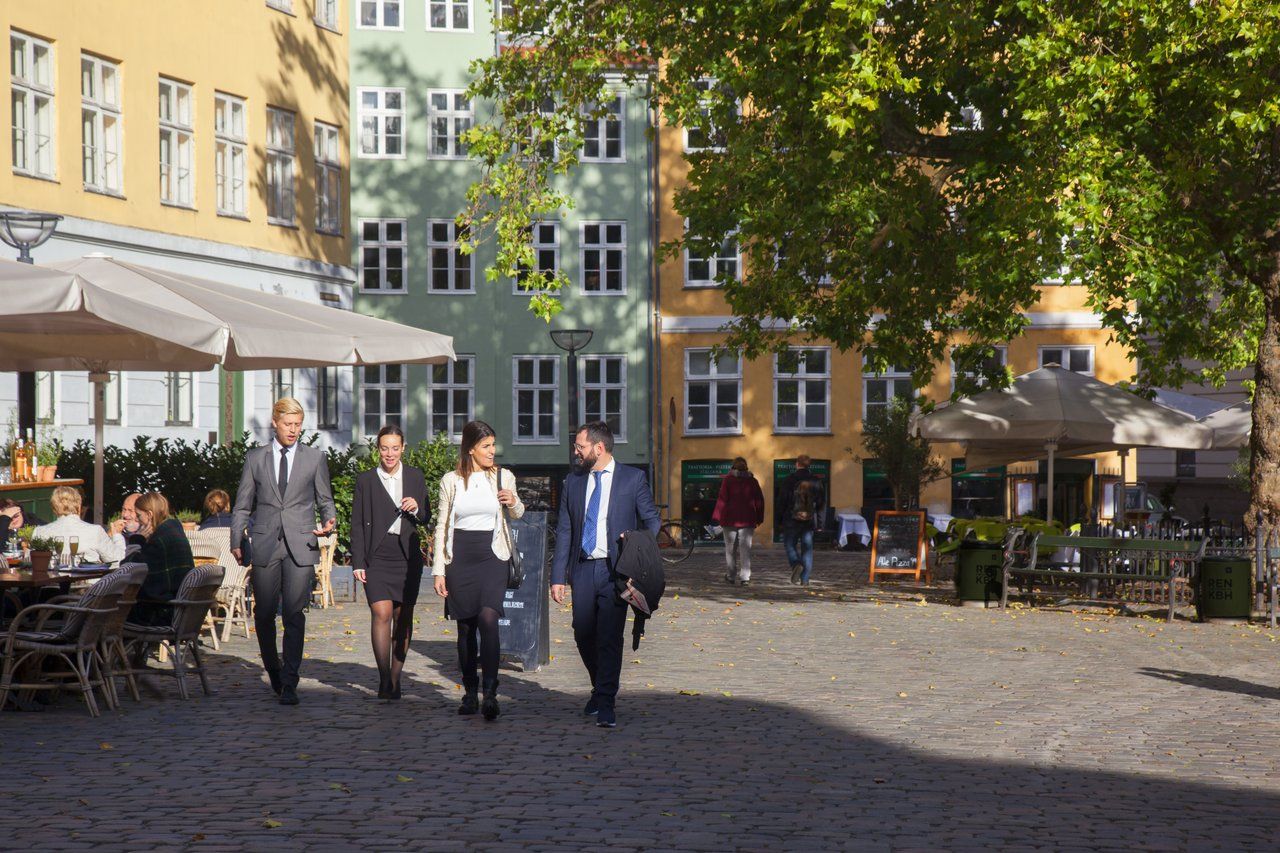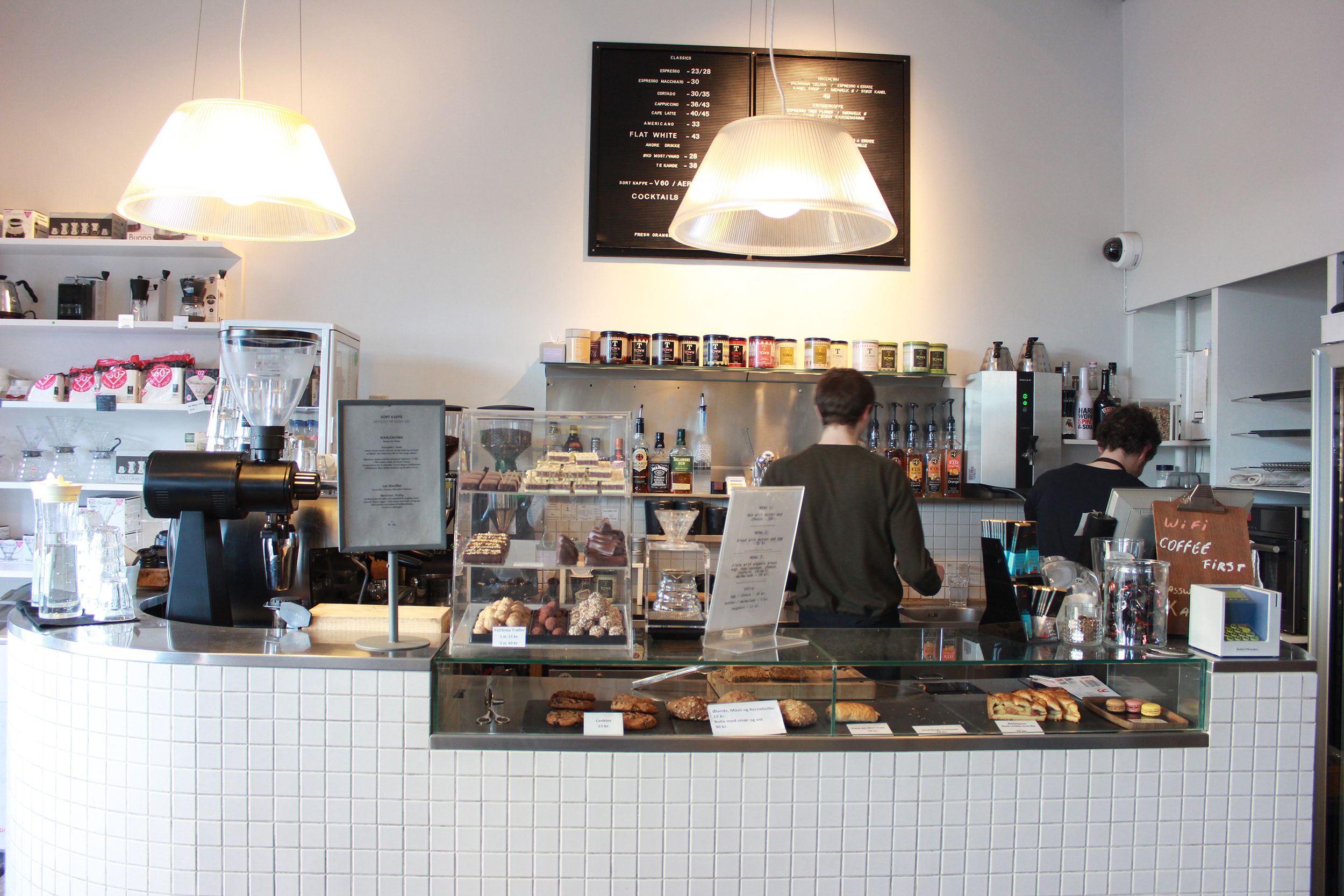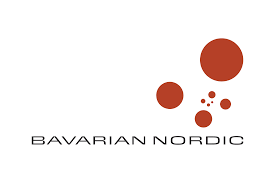Rye bread with a thick layer of liver pate is the most common meal Danes have for dinner on weekdays, reveals a survey carried out by Madkulturen.
Danes eat it at least twice a month and it makes up 6.3 percent of their dinners.
According to Madkulturen, this suggests most people get their daily hot dish at the work canteen, reports Berlingske.
Not on the list
Pizza – whether homemade or bought – is the second most popular evening meal, while soup of all kinds ranks at number three.
Both end up on the evening table once or twice a month.
Meanwhile, pasta and meatballs and hamburgers rank at the bottom of the list of the 12 most common dinner meals in Denmark, which includes chicken with veggies, beef with a side-dish and chops.
A steak is the most popular dinner meal at the weekend.














